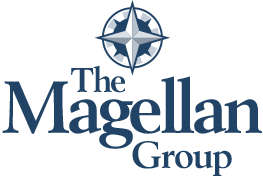Contribution Margin
Overview:
Organizations need a methodology to plan, analyze and manage business opportunities. The methodology presented can be used in any situation where revenue is generated for services rendered. This methodology is Contribution Margin. The Contribution Margin methodology can be used in a number of settings, including clinical, cultural, community based services, behavioral health and senior services.
Benefits of the Contribution Margin Methodology:
The model provides a structure for an organization to quantify opportunities for new service areas, improve existing service areas and close non-performing, non-mission centric service areas.
Contribution Margin Explained:
The first step is to identify the specific revenue sources for each service area.
Next, the direct costs associated with the generation of revenue for each service area are identified. Items in this category include salaries, fringe benefits, malpractice insurance (if needed), bad debt expense, supplies or other expense categories that can be explicitly tied to the generation of revenue. Overhead costs such as building insurance, utilities, depreciation, administrative costs are not included.
Subtracting direct costs from the specific revenue of a service area creates contribution margin.
Direct Revenues from Service area
Minus Direct Costs from Service area =
Contribution Margin
Minus Allocated Overhead =
Net Income
Use of Contribution Margin to Manage a Service Area:
The objective of the model is to maximize contribution margin for each area while maintaining or enhancing the quality of services provided. Contribution Margin is maximized by increasing revenue and/or reducing direct expense. Both revenue and expense are analyzed and managed.
If Contribution Margin is positive: This means the service area is providing services for more than it costs to provide those services. Positive contribution margin provides funds to cover the overhead and administrative expenses mentioned above.
If Contribution Margin is negative: If this is the case, both revenue and direct expenses are analyzed to determine what opportunities exist for improvements in revenue and reduction in expenses. In many non-profit agencies there is little opportunity to increase revenue by charging higher prices. Reimbursement rates are mostly set with little opportunity for increase.
In a non-profit setting improvements in contribution margin are generally gained by analysis and management of expenses.

